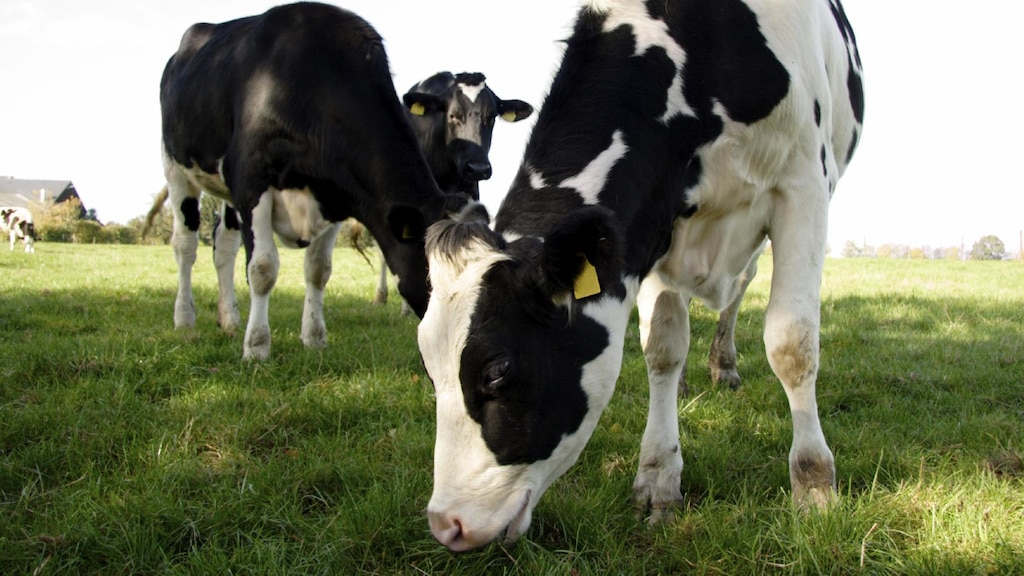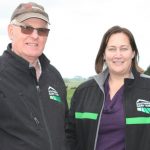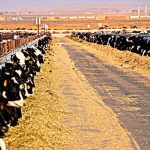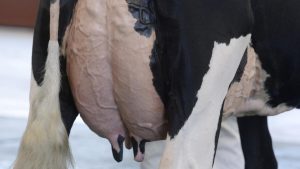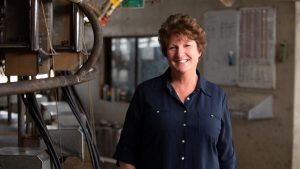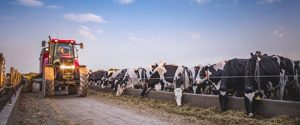
But after reading it closely, he’s changed his position.
Dr Gillespie is urging Agriculture Minister Bridget McKenzie to improve the code.
“It was a long-awaited document but it’s a flawed document. I was promoting it because I thought it was going to fix everything but it hasn’t delivered,” he told AAP.
“I got a sneak peek about five or six hours before I had to comment.
“But now I’ve had a full couple of days to analyse all the clauses … it’s basically ambiguous in many of the clauses and a lot of the things that the code was meant to correct are actually enabled by this document.”
Dr Gillespie holds the rural NSW electorate of Lyne which produces 30 per cent of NSW’s milk.
The dairy code of conduct is aimed at getting farmers a fairer deal with milk processors and big supermarkets.
It has been a source of tension within the Nationals, with some MPs unhappy Pauline Hanson took credit for it being brought forward.
Senator McKenzie, who is the Nationals deputy leader, has dismissed suggestions the One Nation leader was the catalyst for the implementation date being accelerated six months to January next year.
With code is out for its third and final round of consultation, Dr Gillespie is adamant more changes need to be made.
“I’ll be working to get some proper, unambiguous clauses that level the playing field for dairy farmer produces who are selling to big processes and it won’t have contradictory and vague clauses,” he said.
“It’s full of doublespeak which you can’t have in legal documents, it has to be clear, concise and address all the nine principles it was meant to be addressing.”
Senator McKenzie earlier in the week said further changes to the code could delay it coming into effect.
